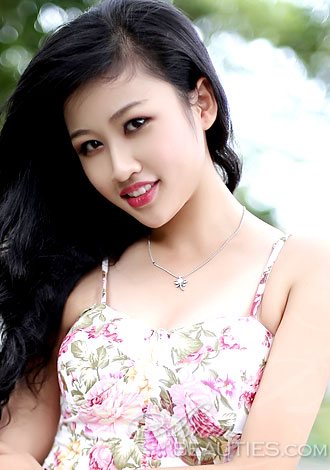There is no proof that Viking weddings https://unesdoc.unesco.org/ark:/48223/pf0000046076.nameddest=46188 wore veil coverings. She may likely been held captive preferably, along with a gydja and her feminine servants. She might also lose her kransen, which served as a reminder of her virginity.
To test his virility, her wedding would then dip his sword into a rooftree or other supporting pillar. The severity of the scar created may affect the woman’s kids ‘ success.
1. Collectively, stroll in the Hall
The bride might been escorted down the aisle by both relatives or a loved one rather than being “given apart” by her father. As the festival starts, she will then take a seat to the couple’s quit.
The best man did enter second, either by himself or with his groomsmen, and will then stay to the couple’s right throughout the ceremony. Additionally, he will keep the bride’s bouquet of flowers.
2. Speeches delivered at the greeting
At the welcome, the maid of honor commonly speaks. This is a heartwarming second that emphasizes the qualities that make the few ideal for one another, much like the best person talk would.
Usually, the father of the bride comes last. He wishes his princess chance in marriage and expresses his love and pride for her.
At the greeting, any visitor is welcome to raise a pancakes. Be careful not to take up all of the speaker, though. Stay your remarks succinct and charming.
3. Changing into the Bride’s Shoes
A quarter in the couple’s foot is a long-standing custom that represents riches for newlyweds. It is a variation on the well-known wedding rhyme” something old, something new,” something borrowed, and something blue.”
Before the festival in Sweden, the princess’s mummy places a gold penny in her sneaker. Following the blessing of the bands, the man gives his wedding a penny.
Vikings did hardly get married for genital factors, but rather for economic and political factors. Actually so, immorality during marriage could result in a lady being fined or killed.
4…………………………………….. The Entourage Is Not Necessary
In Scandinavia, bridal speeches are open to the public. During the breakfast reception, any guest is welcome to use the microphone to express their congratulations to the newlyweds. This implies that the statements may go on for several hours.
Numerous Swedish lovers choose not to hire bridesmaids or bridesmaids at all as a result. Some of your friends and family members who might get aggressive during the flower lob might find this a much shocking!
5. 6. The Kransen of the Bride Is Taken Off.
The wife would spend her time alone with female friends and family members before the wedding, maybe yet a gydja, to make sure she was completely virginal for the great day. Her Kransen, a golden circlet that symbolized her single status, had get taken from her and carefully wrapped in cloth to keep.

The groom may subsequently steal a sword from one of their predecessors’ tombs and give it to the wedding. This represented the passing of family shelter and was a significant tradition for Viking spouses.
6. Bride’s Feast
The bridal dinner was frequently a week-long celebration, therefore plenty of meals supplies had to be on hand. As a result, the time would need to be near to yield season.
The man, his relatives, and visitors arrived at the bride’s house to start the meeting. She crossed the threshold of her novel career, becoming a wife in the symbolic sense.
She likewise took off her kransen, a headdress that represented her chastity.
7. The bride and groom trade daggers
The wife may receive his ancient sword from the wedding as a sign of her move of family lineage. Since ancient weapons frequently had vow jewelry incorporated into the scabbards, he also swore a pledge of allegiance to her.
In the legends, there are hints that a suitor was required to give extra money for what are known as morgen-gifu, or morning gifts, after receiving their dowry. It might have been family items, apparel, or garments.
8.. The ritual of fasting
The couple uses a rope to bind their arms along during this meeting. It serves as a reminder that they will always be united.
One of the few relationship customs from the Scandinavian era that has not changed is this one. In actuality, this is where the name”handfasting” comes from.
This was a crucial action because it formalized the change from lady to wife. Additionally, it stopped the father’s community from providing support for illegitimate children.
9. 9. Crown of the Bride
The princess’s hair is crucial when it comes to weddings. It represents fertility and sexism. She braids it in elaborate patterns because of this.
Viking weddings would travel to a sauna before the wedding with married woman family members and friends. She would wash herself ok to erase her maidenhood. Therefore she took off her kransen and saved it for her upcoming kid to use as a wedding crown.
The couple then traded daggers, symbolizing the division of defense between their individuals. This is where the expression https://myrussianbrides.net/baltic-brides/ “tying the knot” originated.